Waves of Warblers
By Marjorie Powell
My husband Joe and I spent 5 days in May visiting friends who have retired to the north shore of Lake Huron, a last-minute trip planned because of a family birthday party in Illinois – once you plan to fly to Chicago, it makes sense to expand the trip to see friends in Michigan. Mary and I went to college together and we’ve kept in touch over the years. Her husband Keith is a fly-fishing enthusiast, but also enjoys watching birds wherever they travel or live. I gave no thought to the time of year, but knew that Keith enjoyed both local and migrating birds, and had a friend, Paul Rossi, who specialized in photographing the birds, especially the warblers, that breed in or migrate through Michigan’s Upper Peninsula. As a treat for me, Keith had arranged a morning trip with Paul. Keith and Mary had given me a copy of his coffee-table book, Beautiful Birds of Michigan’s Eastern Upper Peninsula, so I had seen his stunning pictures of many of the birds that spend time in this part of Michigan.
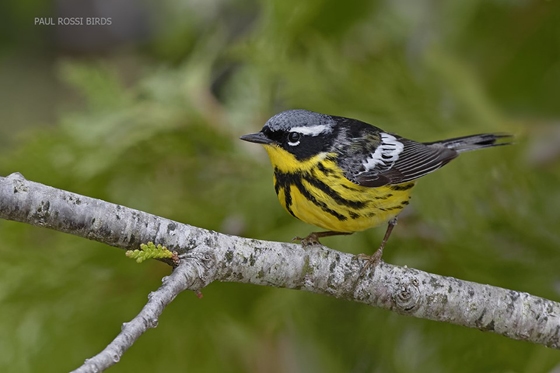 Magnolia Warbler by Paul Rossi
Magnolia Warbler by Paul Rossi
The first morning of our visit, we watched Common Mergansers swim and feed in the waters in front of their house and hummingbirds feed, rest, and feed again as soon as Keith filled the feeder. We also walked up their driveway searching for the birds we could hear in the trees. Keith identified a few of the birds by their calls, a feat which always intrigues me, because my hearing and memory for sounds are not as well developed. Some year I will gather my courage and sign up for Denise White’s “Birding by Ear” class.
I was looking forward to the morning trip as it had rained each of the first few days we were there. Friday morning was wet and overcast, but no rain as we set out. While Paul is the expert photographer, I took my camera in the hope that I might get a few pictures, although with warblers I was not optimistic – I’m much better with larger shorebirds that stand still.
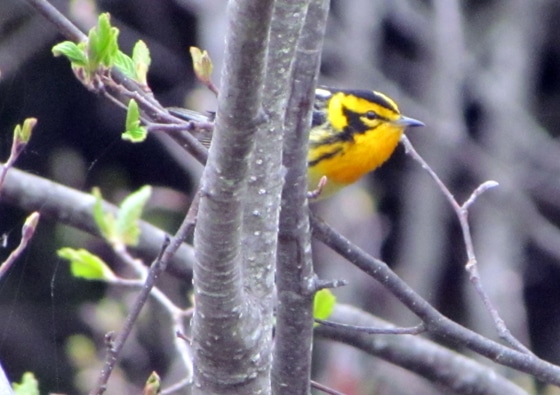 Photo by Marjorie Powell
Photo by Marjorie Powell
During the early weeks of migration, Paul uses a speaker to play bird calls to attract migrants; the trees were full of birds hiding, resting after their flight across Lake Huron, and feeding in preparation for their travel further north to breeding locations.…

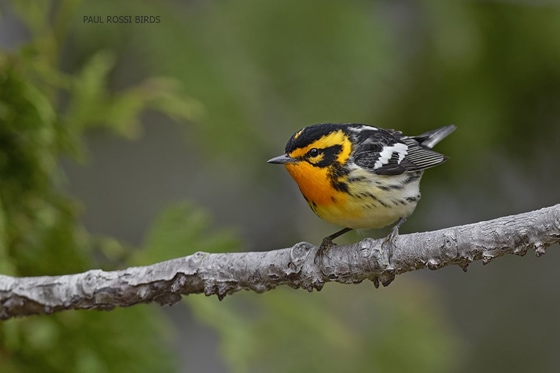

 Tree N a few weeks before the collapse
Tree N a few weeks before the collapse



 Male California Quail Striking a Pose
Male California Quail Striking a Pose



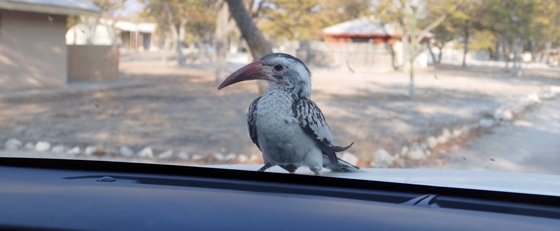
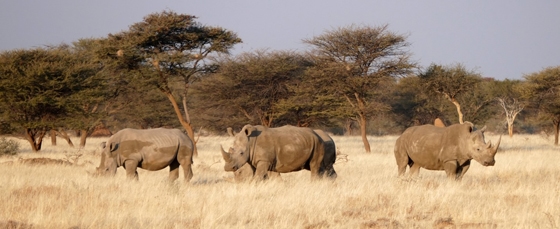 White Rhinos in Namibia
White Rhinos in Namibia
 Zebras at Etosha Waterhole
Zebras at Etosha Waterhole
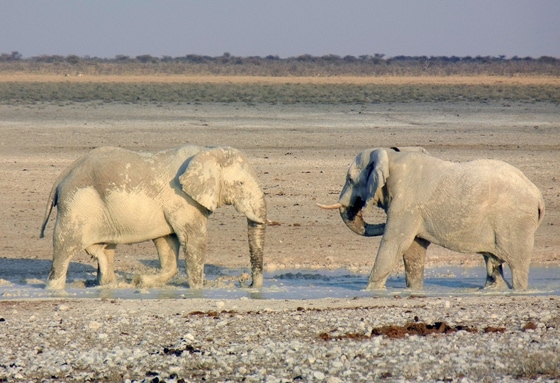 Elephants in Etosha National Park – Photo by Susan Palo
Elephants in Etosha National Park – Photo by Susan Palo